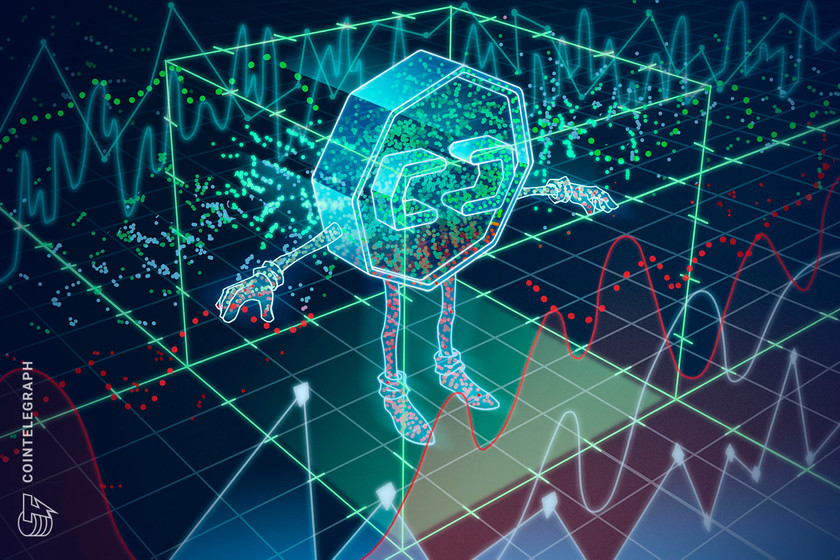BNB Chain issues list of 191 high-risk, untrustworthy DApps and fake tokens


BNB Chain’s proactive alert does not represent the risk level of the underlying DApp project. Instead, it is aimed at helping users in their research before making investment decisions.
BNB Chain, the blockchain developed by crypto exchange Binance, updated its red alarm list to include 191 high-risk projects and decentralized applications (DApps) currently hosted on the blockchain.
BNB Chain’s red alarm list — updated every Friday — includes projects and DApps deemed risky investments purely based on smart contract assessment. The 191 new projects on BNB Chain that have been added to the list are either suspected of issuing fake tokens, high or opaque tax fees or simply because their websites or Twitter handles don’t work.


The above screenshot shows a portal wherein users can scan any BNB Chain projects for risks. Out of the lot, three projects — CycGo, Piston token and Shorter Finance — were flagged after being suspected of being funded by assets originating from Tornado.


“Make sure to review our weekly Red Alarm list to familiarize yourself with suspicious actors on our network,” read BNB Chain’s announcement on the matter. It is important to note that BNB Chain’s proactive alert is not investment advice and does not represent the risk level of the underlying DApp projects. Instead, it is aimed at helping users in their research before making investment decisions.
Related: 73.3% of Q1 rug pulls happened on BNB Chain: Immunefi
On April 10, BNB Chain began testing BNB Greenfield, an in-house attempt to deliver decentralized storage solutions.
We’re celebrating the BNB Greenfield testnet release!
Read the article below, then complete the following steps and we’ll pick 5 entries to share a prize pool of $500 on April 19th.https://t.co/O5BkyIJDSq
♥️ Like
♻️ RT
Share your thoughts on testnet using #BNBGreenfield pic.twitter.com/gmIvwCSvvB— BNB Chain (@BNBCHAIN) April 12, 2023
As Cointelegraph reported, BNB Greenfield allows users to create wallets and manage data, while developers can exercise control over data assets.
Magazine: Crypto audits and bug bounties are broken: Here’s how to fix them








